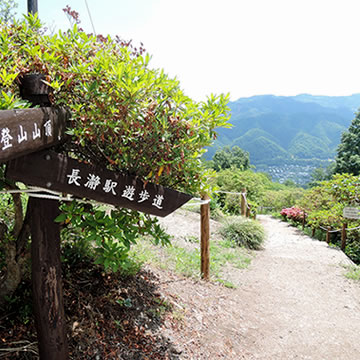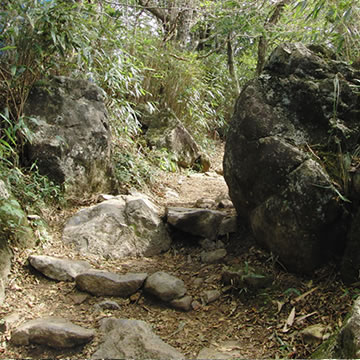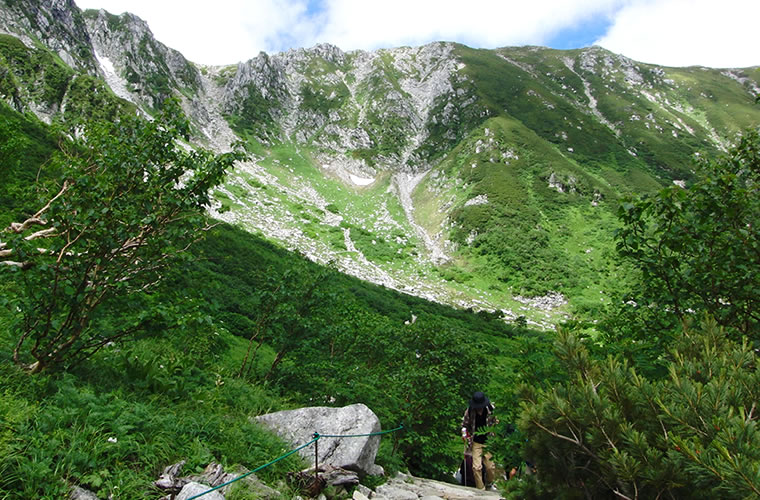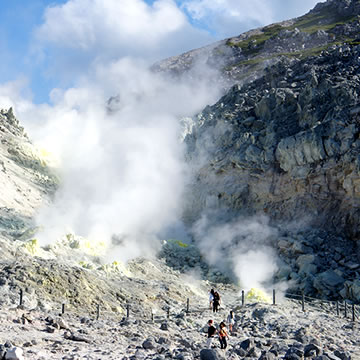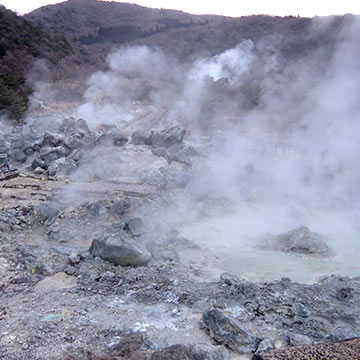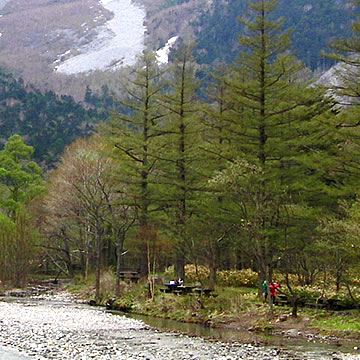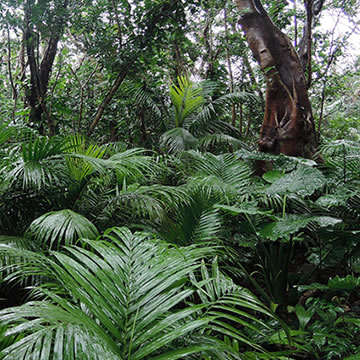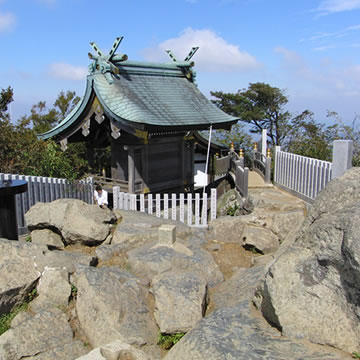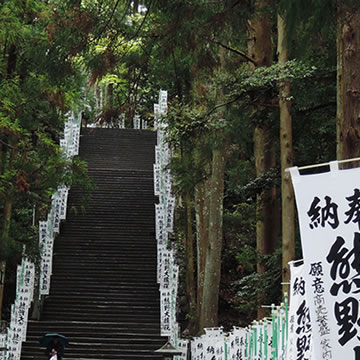Il trekking è scoperta ma anche un’attività fisica

Camminiamo per conoscere, per viaggiare, per andare alla scoperta del mondo che ci circonda, questa è la filosofia che sta alla base della nostra community.
Non possiamo però perdere di vista che si tratta comunque di un’attività fisica che deve essere affrontata con la giusta preparazione e con un occhio di riguardo per il nostro corpo.
In questo articolo parliamo di alcuni punti fermi che non possono essere ignorati da chi ama camminare, sono temi magari più affini al mondo del fitness, ma in fondo non è anche il trekking un modo per stare bene o in forma?
Noi crediamo di si.
1. Meno ma spesso: un principio che vale anche per il cammino
Se vogliamo allenare la gamba per i nostri trekking più impegnativi o per i nostri viaggi zaino in spalla dobbiamo seguire un programma di allenamento basato proprio sul cammino.
Camminare ogni tanto e farlo fino allo strenuo delle vostre forze non ha alcuna utilità, se non quello di farvi svegliare il giorno dopo completamente bloccati, costretti a saltare gli allenamenti dei giorni successivi.
È decisamente meglio iniziare lentamente e progredire costantemente nel corso dei mesi piuttosto che esagerare all’inizio, anche se vi state preparando ad un cammino o ad un viaggio a piedi di più giorni.
Abbiamo dedicato già un articolo all’allenamento per il trekking con un programma dettagliato, il principio è di iniziare camminando 20 minuti al giorno e incrementare lo sforzo, quindi durata e dislivelli, del 10% ogni settimana, in questo modo sarete preso pronti per il vostro viaggio.
2. Dovresti usare un rullo di gommapiuma …
Questo attrezzo è utile per esercitare una pressione costante e delicata sulla nostra muscolatura, un movimento che aiuta ad allentare la tensione muscolare dopo uno sforzo prolungato.
Tutto questo si traduce in tempi di recupero più rapidi e in una riduzione del rischio di lesioni durante l’allenamento, prima, e il trekking, poi.
Tra i muscoli che rispondono meglio a questa stimolazione troviamo i polpacci, i muscoli posteriori della coscia e il quadricipite, durante il trattamento soffermatevi per 30 – 90 secondi sui muscoli che percepite più contratti.
Questa tecnica può essere utilizzata anche in caso di emergenza durante il trekking, se sentite il muscolo diventare rigido, interrompete la camminata e utilizzate, per esempio, una bottiglia piena da un litro per massaggiare la zona interessata.
3. Gli allungamenti sono noiosi ma essenziali
Lo stretching dopo un’escursione riduce il rischio di lesioni, può aiutare a prevenire gli squilibri muscolari e accelera il processo di recupero.
Questo consiglio vale sia per i vostri allenamenti quotidiani che per i vostri trekking più lunghi o per le tappe del vostro viaggio.
Quando tornate alla vostra auto dopo il cammino dedicate qualche minuto all’allungamento, con particolare attenzione per i muscoli più sollecitati, come i polpacci, i quadricipiti, i muscoli posteriori della coscia e i flessori dell’anca.
4. Meglio prevenire che curare: il riscaldamento
Anche questa è un prassi necessaria sia per l’allenamento che per i trekking veri e propri, infatti il riscaldamento può fare davvero una grande differenza nella prevenzione degli infortuni.
Ecco alcuni esercizi da fare prima di iniziare a camminare:
- Affondi alternando gamba destra e sinistra.
- Piegamenti con le gambe parallele, meglio se a piedi nudi, in questo modo si rafforzano anche le caviglie.
- Sollevamenti sulle punte dei piedi.
5 Migliorare l’equilibrio aiuterà a prevenire le lesioni.
Tra gli infortuni più comuni di chi cammina e fa trekking troviamo le distorsioni alla caviglia, ecco perché è importante lavorare su questo legamento per rafforzarlo durante gli esercizi settimanali.
Uno dei migliori è proprio quello di abituare la caviglia a “lavorare” in una condizione di instabilità, per abituare la muscolatura della gamba a sostenerla in condizioni di stress, in questo modo riusciremo a proteggere meglio la caviglia dalle distorsioni.
In questo articolo sulla preparazione fisica per il trekking vi consigliamo alcuni esercizi adatti per rafforzare la caviglia e non solo.
6. Dovresti rafforzare il tuo nucleo.
C’è un nucleo dal quale inizia tutto il nostro movimento, è quello che comprende i muscoli dei fianchi, delle gambe e della vita.
Per questa ragione è importante prestare particolare attenzione al rafforzamento di queste aree, infatti un nucleo forte favorisce una corretta postura, migliora la respirazione e riduce il rischio di distorsioni della caviglia e dolore al ginocchio.
Per farlo prova esercizi come lo squat, gli affondi a gambe alternate, la tavole propriocettive, in questo articolo dedicato alla preparazione al trekking ne parliamo meglio.
7. L’allenamento per la forza ti renderà un escursionista migliore.
Abbiamo parlato prima di movimenti funzionali come squat, affondi, step-up e deadlifts, utili perché simulano i movimenti che ci troveremo a compiere sul sentiero, ma possono essere utili anche per lavorare sulla forza.
Infatti eseguendo questi movimenti con i pesi in un ambiente controllato, le articolazioni possono essere soggetti a movimenti completi incrementando la forza e la stabilità.
Ancora un esempio di razione dell’escursionista, con cioccolato, frutta, pane integrale e frutta secca.
8. L’importanza dell’idratazione
L’ideale è bere tra il mezzo litro e il litro di acqua all’ora durante il trekking, ovviamente bisogna tenere in considerazione la sudorazione e la temperatura e il tipo di percorso che stiamo facendo.
L’acqua non basta, infatti con la sudorazione non perdiamo solo liquidi ma anche sali minerali che devono essere reintegrati, per questo è necessario utilizzare integratori alimentari, soprattutto quando camminiamo d’estate con temperature alte.
9. Il tuo cibo è il tuo carburante
Il sentiero non è certo il luogo giusto per stare a dieta, è importante avere un costante apporto calorico, ogni ora bisognerebbe assumere dalle 100 a 200 calorie, utile a mantenere i livelli di zucchero nel sangue stabili.
I pasti da consumare in cammino devono essere completi e contenere grassi, carboidrati e proteine.
10. Aggiungi un allenamento ad intervalli per schiacciare le colline.
Allenamento a intervalli significa camminare alternando tratti alta intensità a periodi di recupero a passo più blando.
Questo tipo di allenamento vi prepara ad affrontare i dislivelli che si trovano lungo i sentieri, ne parliamo in maniera approfondita in un articolo che abbiamo dedicato alla preparazione atletica per il trekking.































